Stay Hydrated and Stay Well!
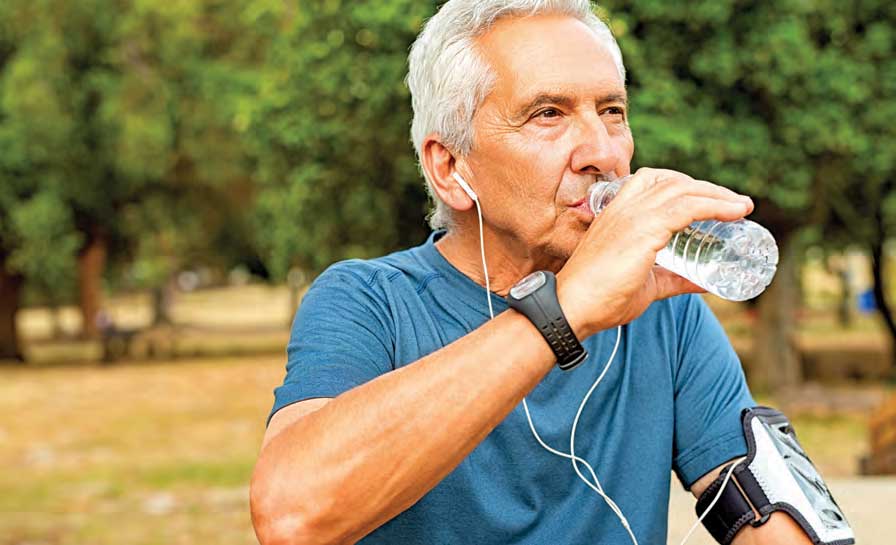
Did you know water covers 70 % of the earth’s surface and makes up about 50 to 60% of your body? These are old facts, but true. Water is essential to life. Staying hydrated is important for our general health, too. Dehydration can be the result of exercise, certain medications, diarrhea, excessive sweating, loss of blood and diseases, such as diabetes. With the warm summer days ahead, it is easy to become dehydrated which can cause dry mouth, weakness, dizziness, headaches, heart pounding, cramping, confusion, low blood pressure, rapid but weak pulse and fainting. As we age, we are less aware of our thirst, and our ability to regulate our body’s fluid balance through our kidneys decreases.
Everyone knows—but many people seem to forget—that water is what sustains life. Here are just two of the benefits of being hydrated: Drinking at least five 8-ounce glasses of water daily reduces the risk of fatal coronary heart disease among older adults. Being sufficiently hydrated reduces the discomfort of constipation, improves balance and kidney function, which reduces the risk of urinary tract infections.
How much water is enough?
A good formula for how much water is needed every day is to take one-third of the person’s body weight in pounds and drink the equivalent number of ounces of water daily. For example, a 150-pound woman would need 50 ounces of water daily, or about six 8-ounce glasses of water.
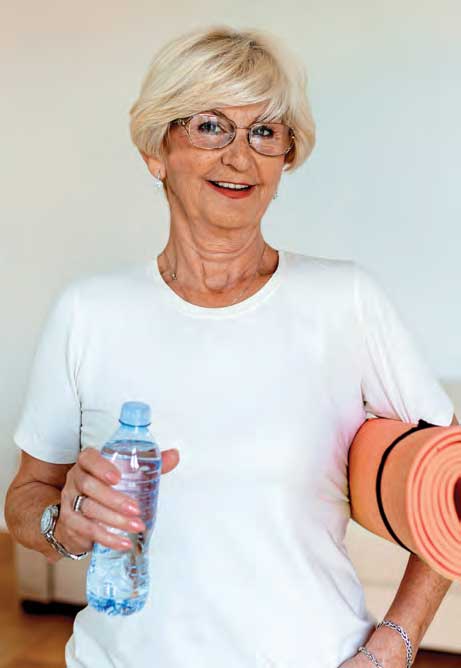
Don’t wait until you feel thirsty to start drinking water:
If you don’t like the taste of water, try flavored water that is available in almost every flavor from Pink lemonade to Mango- Kiwi-lime. Water from the tap with a little ice and a spritz of juice, makes a refreshing beverage. My favorite refresher is a little cranberry juice in a tall glass of water. Also, a little squeeze of lime or lemon in water can be very refreshing on these warm summer days.
Avoid coffee and caffeinated sodas since caffeine dehydrates your system.
So drink, stay hydrated and stay well. Don’t forget we have a cool water dispenser in the Oasis when you come to exercise.


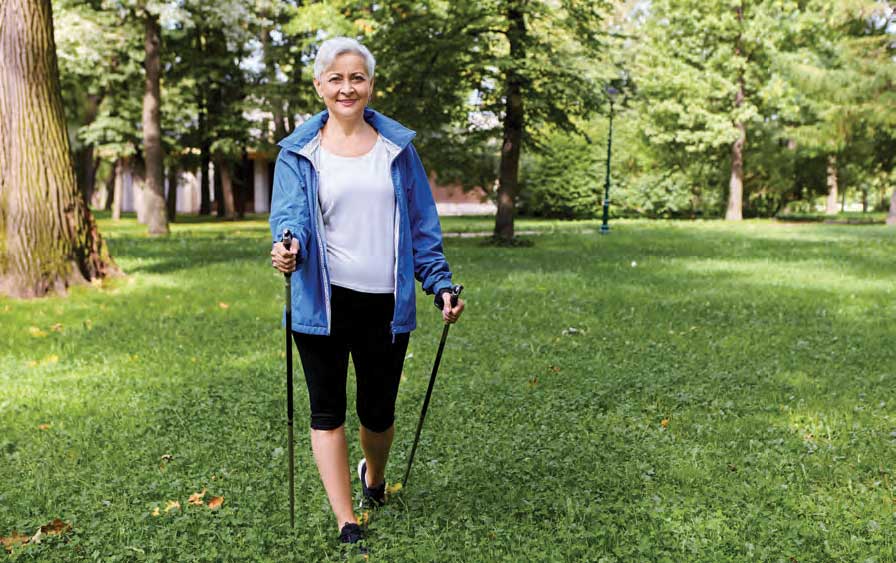
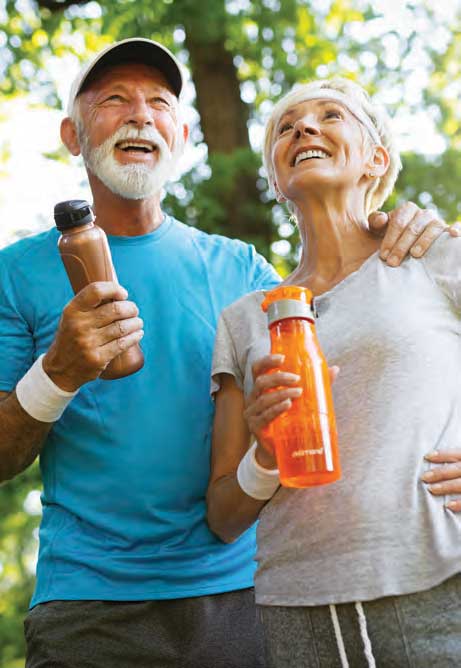



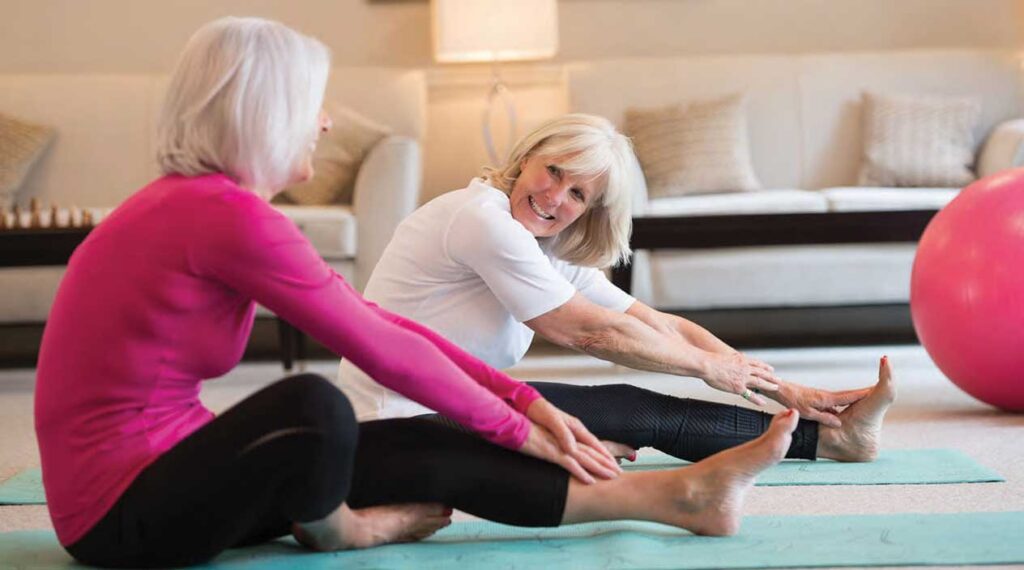

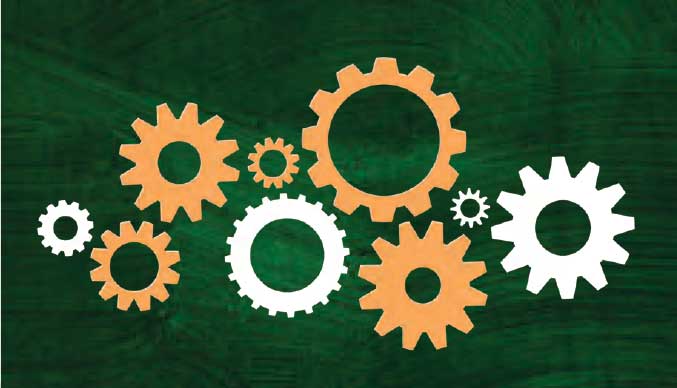




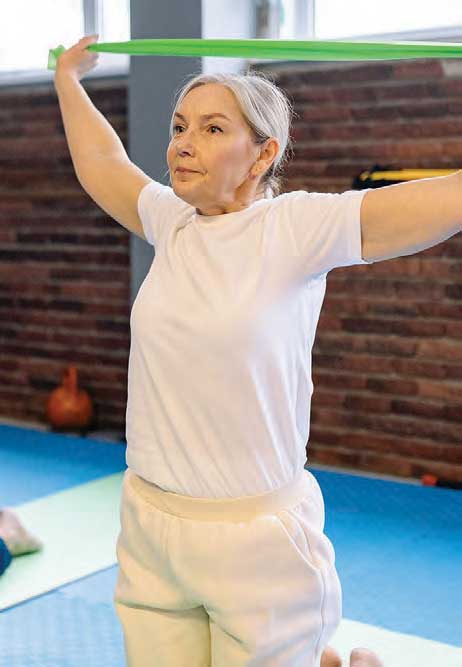
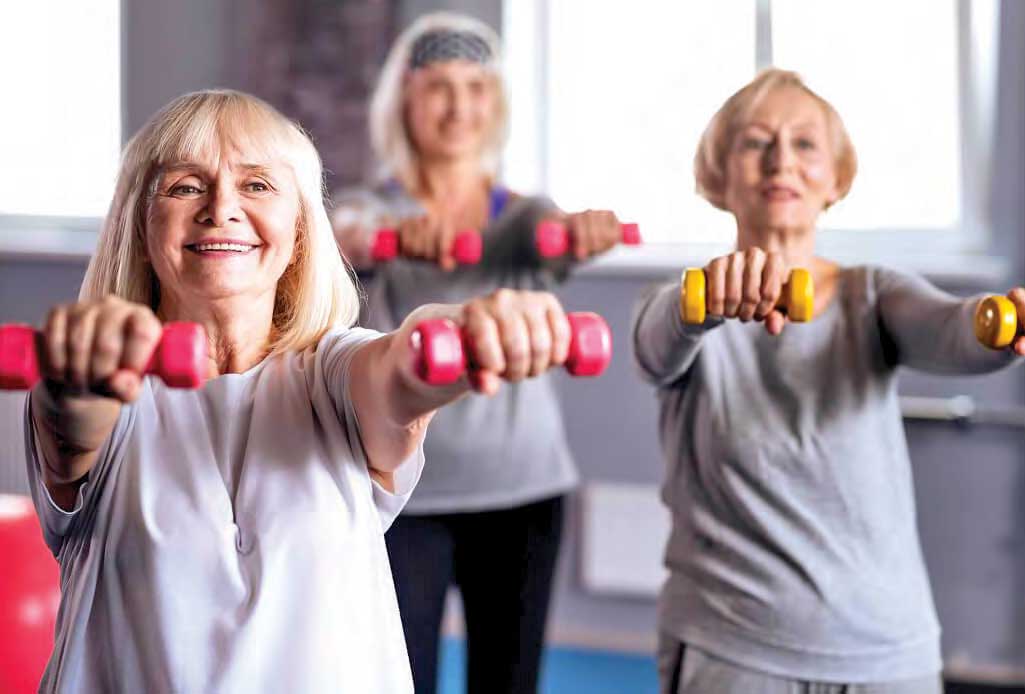

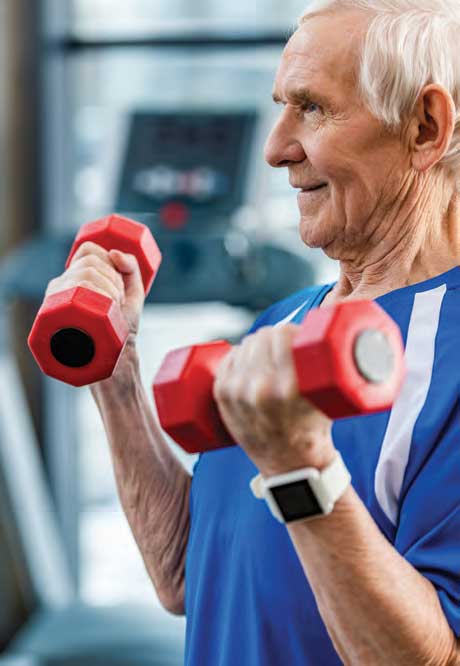
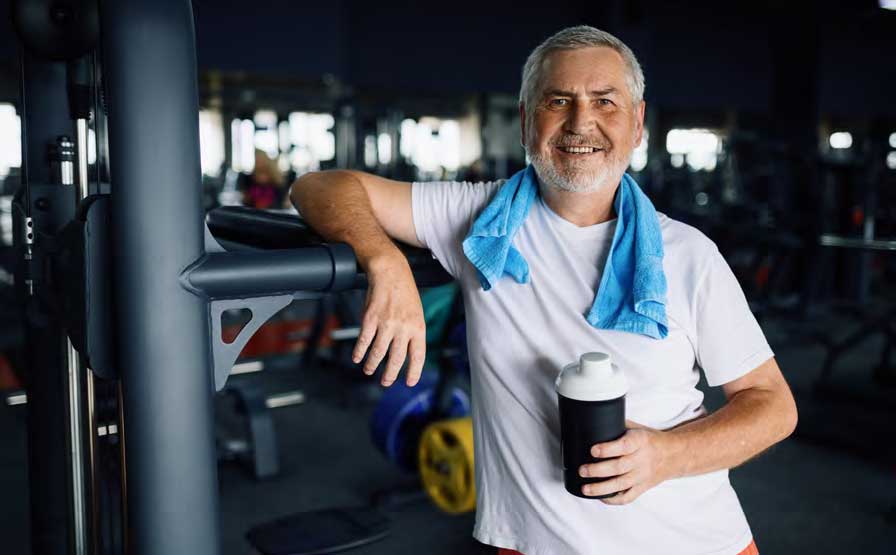


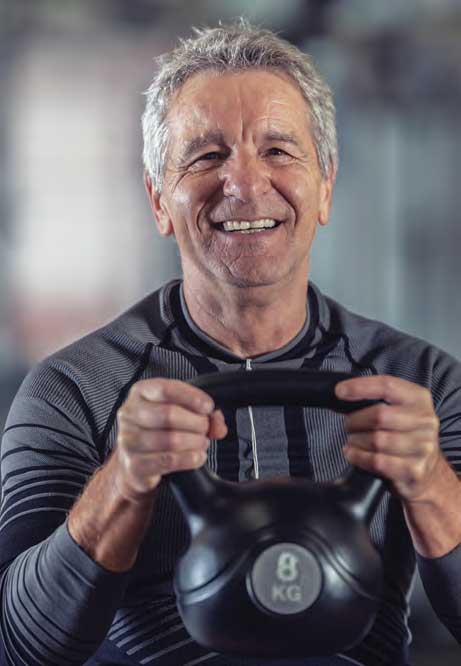


 © 2025 Kirby Pines LifeCare Community. All Rights Reserved |
© 2025 Kirby Pines LifeCare Community. All Rights Reserved | 